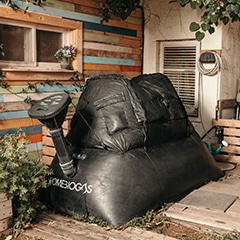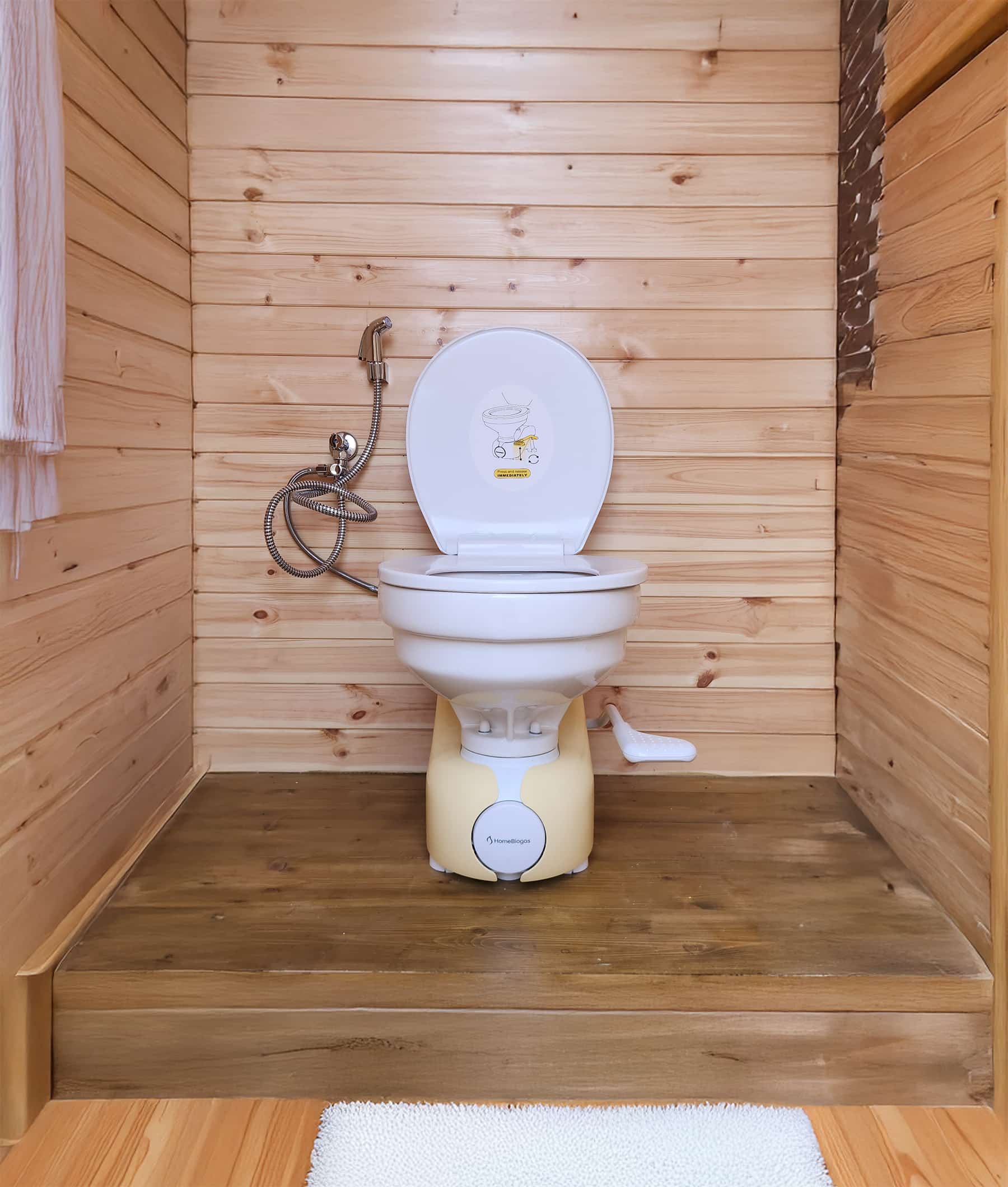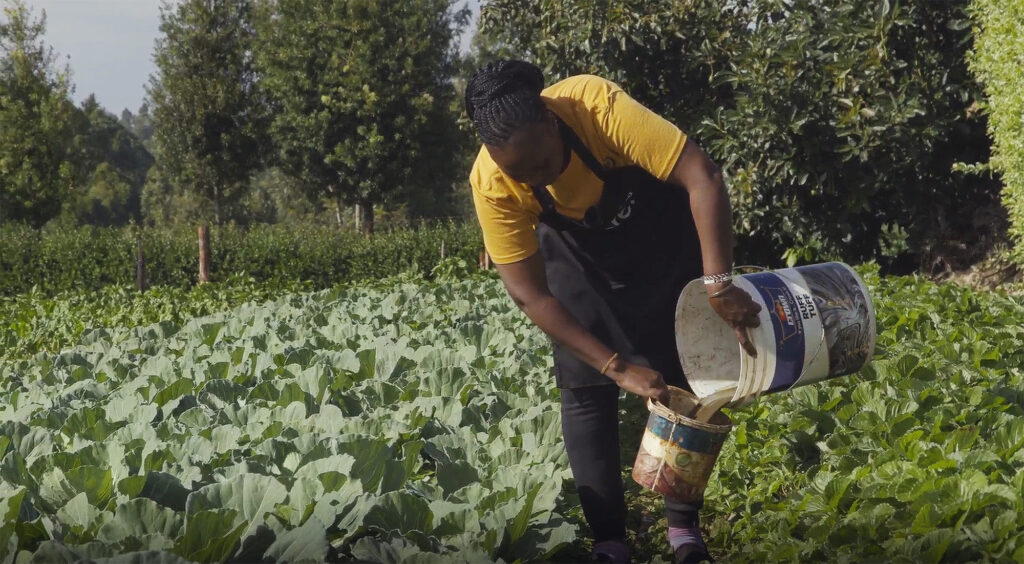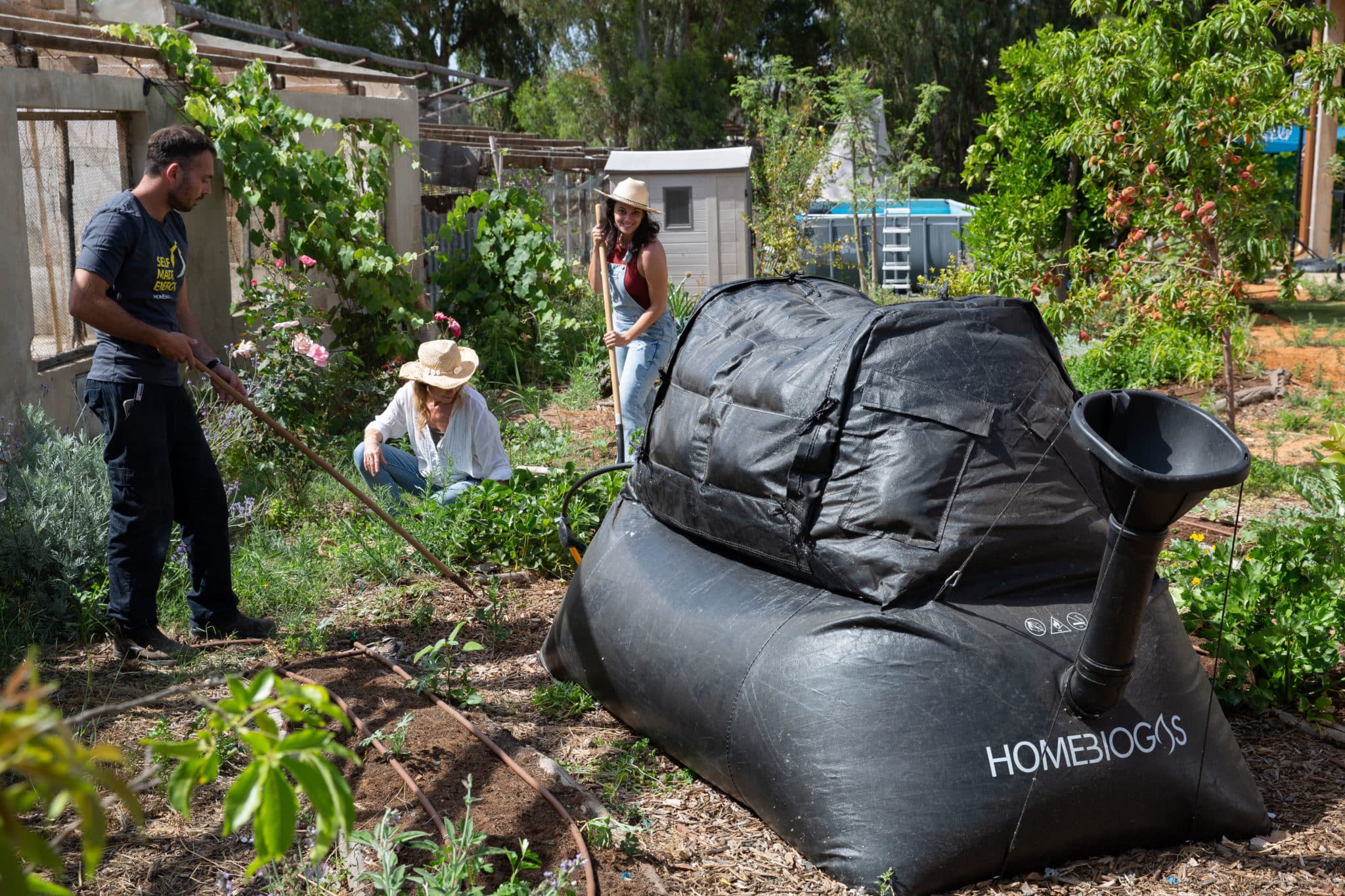
What is a biogas plant for home, and who needs it?
A biogas plant for home is a backyard system providing an oxygen-free environment where anaerobic bacteria can turn waste into biogas and fertilizer. This approach leverages an effective, natural bioenergy generation method, enabling homeowners to generate sustainable energy for their domestic needs (cooking gas or energy for heating) from organic waste.
Small biogas plants use food and garden waste, agricultural residues, and animal or human manure to generate carbon-neutral energy, with a wide range of economic, environmental, and social benefits.
A biogas plant for your home usually consists of
- A digester tank where the microorganisms break down organic matter to produce biogas
- An inlet sink with a plunger that makes it easy to add waste into the digester
- A gas collector (gas tank) where you store the biogas produced in the digester
- A gas filter that removes droplets of fluids, aerosols, and solids
- A gas pipe that connects the gas collector to the biogas stove
- One or more biogas stoves
Most HomeBiogas systems are surface mounted, requiring minimum installation work — you can set the system up in your backyard without requiring extensive digging.
Small biogas plants work best in environments with temperatures above 10°C (50°F). These systems thrive outdoors, where they can get maximum sunlight (not in the shades) and on a stable floor. The digester needs to be accessible from all sides; ideally, you have a water source nearby.
What if you live in a geographical area with cold winters? Since moving the system can significantly impact biogas production, it’s best to place the system inside a well-ventilated greenhouse or get additional equipment to keep the temperature inside the digester constant during winter.
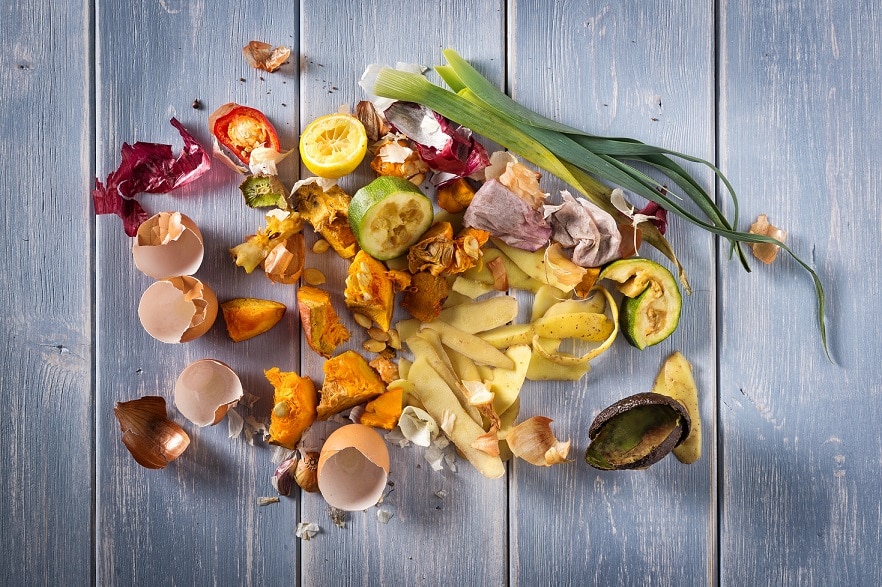
What is the price of a biogas system?
The home biogas digester price can vary with the system’s capacity and the quality of the materials used for the various elements. Where you install the small biogas plant for your home can influence its price — if you live in an area with cold weather, you also need to buy a heater that keeps the temperature inside the digester above 20°C (68°F).
As a general guideline, the upfront expense for buying and installing a kitchen waste biogas plant can go from several hundred dollars to over $6,000. The prices can go even higher if you opt for a custom-made system large enough to recycle large amounts of waste daily (including kitchen and garden waste and animal manure).
Average prices you can expect to pay for a biogas plant for your home:
- Kitchen waste biogas plant price (for small families that produce reduced amounts of waste): about $1,000
- Backyard biogas plant price (for large families): $ 2,000 +
Questions to ask when evaluating prices:
- Can I supply enough waste to keep the home biogas digester operational all year round? (Buying a too-large system to get the best value for money can add long-term costs, as you’ll have to buy waste to keep the system running.)
- How often will the system require maintenance and repair? (Most small biogas plants for home are easy to maintain, but you should still do your due diligence and learn about any maintenance costs before buying.)
- How affordable and accessible are the spare parts? (Buying the cheapest product on the market might be a sign of low-quality materials, which means you’ll have to replace parts of the system often.)
- What consumables will I have to buy in the future? (All systems regularly require new filters, gas bags, or probiotic tablets. Check consumable prices before making a buying decision.)
How much biogas can be produced from 1 kg of food waste?
Research has shown that 1 kg of food waste can produce, on average, between 76 and 421 liters of biogas. The amount of biogas produced can depend on the type of waste, humidity levels and the temperature inside the digester, and other environmental elements.
Keep in mind that food waste is one of the fastest organic wastes to decompose inside a digester, but it’s not the most productive nor generates the best biogas quality. Combining different wastes — including livestock manure, in one digester (co-digestion ) can boost biogas production and improve the quality of the end product.
HomeBiogas as a solution for producing green energy
HomeBiogas systems have 100% recyclable components and 15-year shelf life. The digesters are easy to install and easy to use and can convert kitchen waste, animal manure and even human waste (when connected to a Bio-toilet kit) into cooking gas and of organic fertilizer daily.
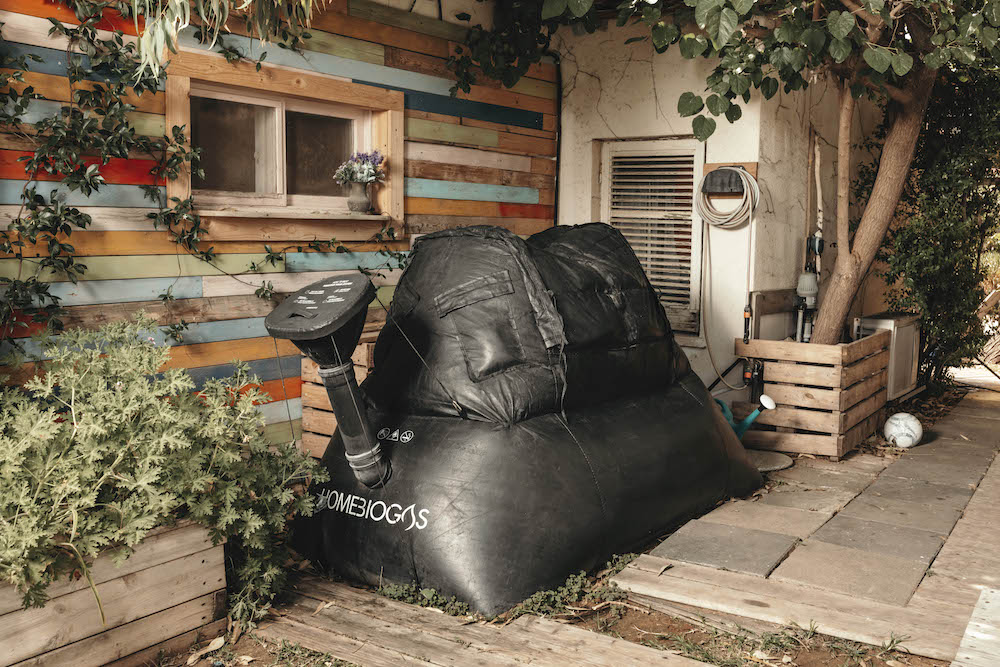
This makes them an excellent solution for off-grid houses that require cost-effective waste management solutions.
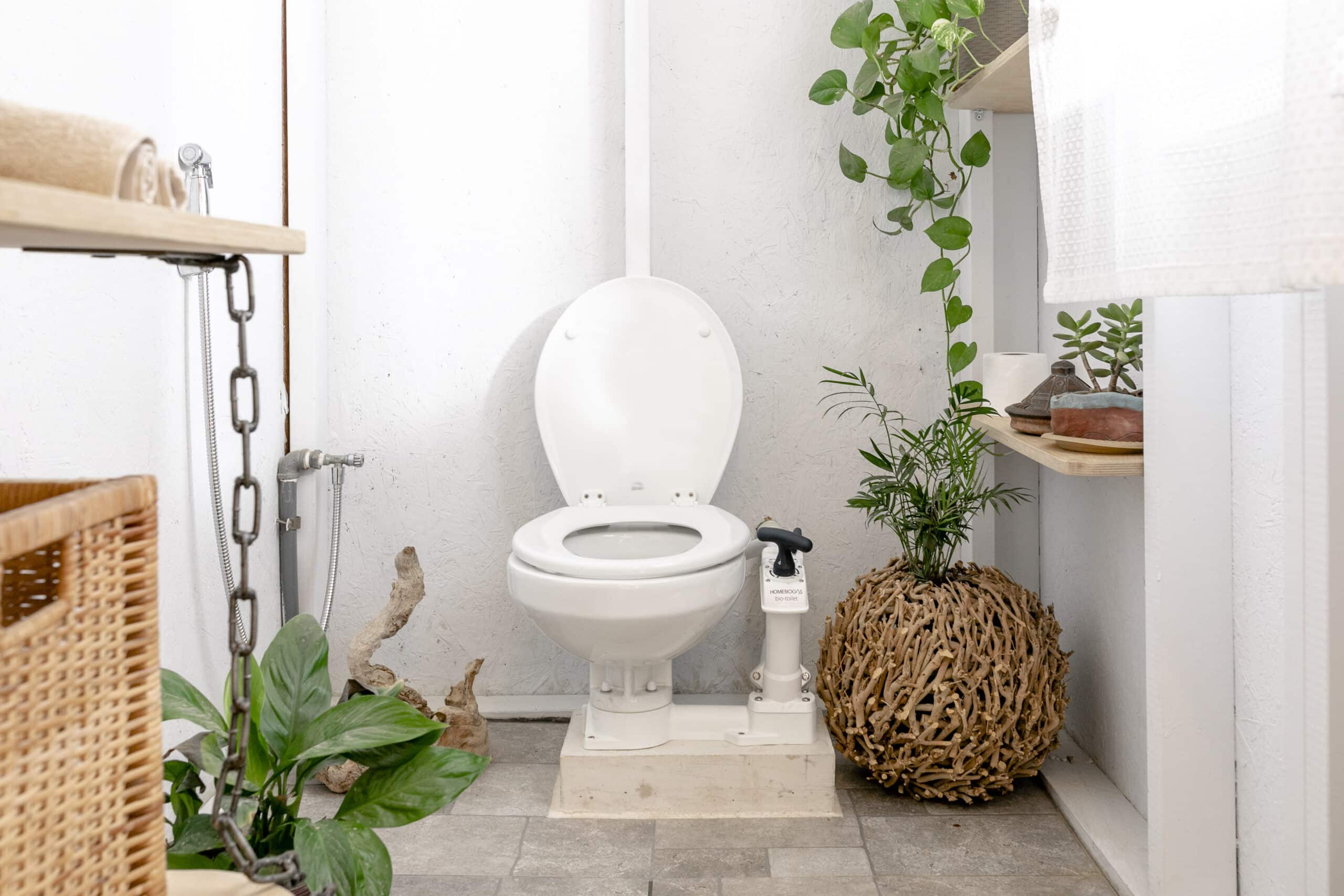
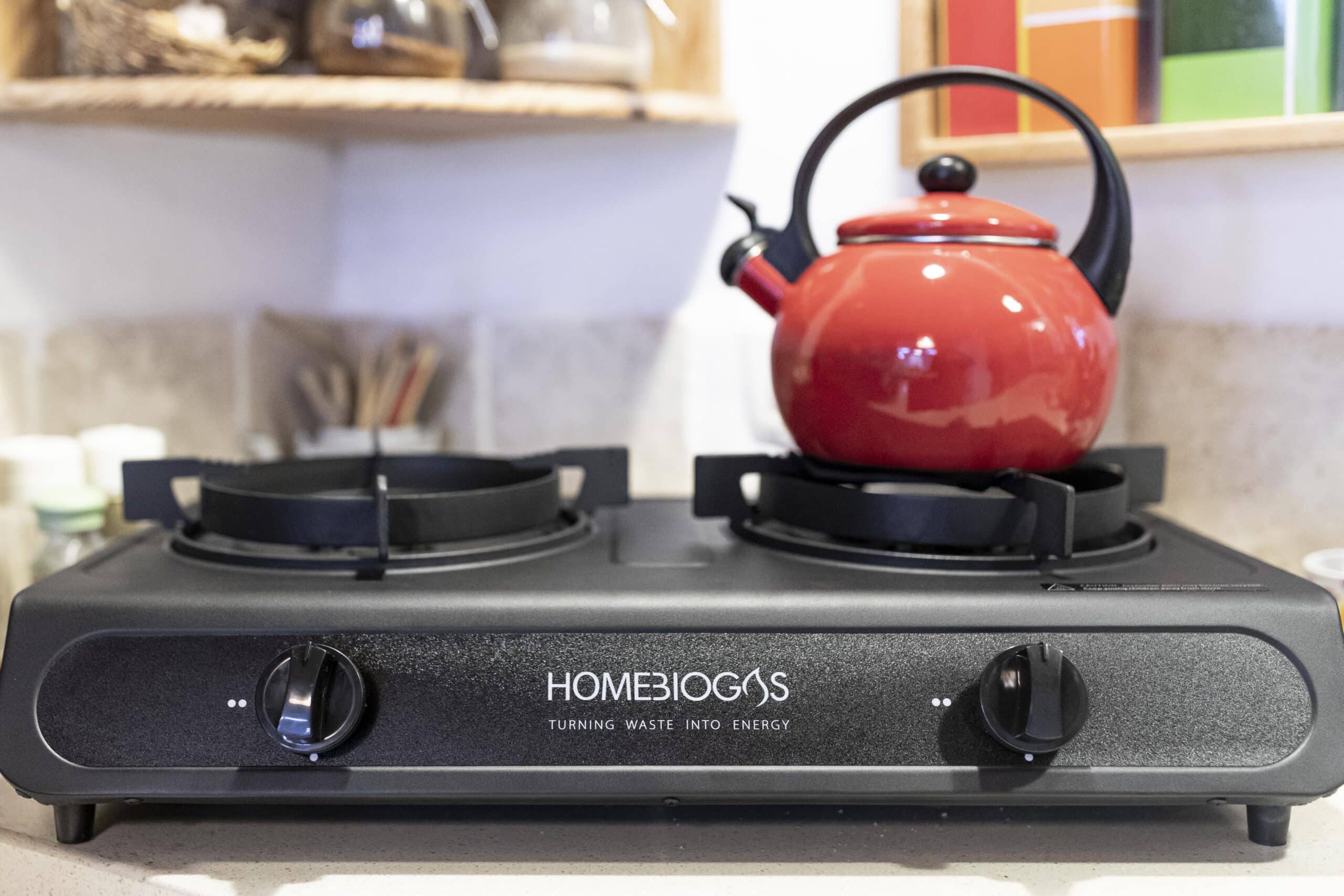
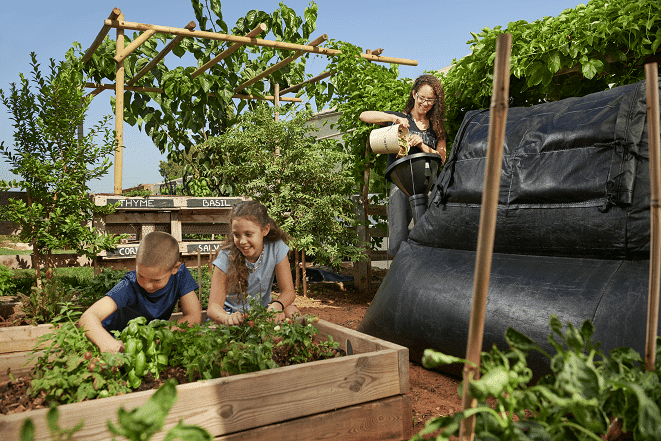
Final Thoughts
Biogas plant for home prices can vary with the size and quality of the system. Some biogas home digesters could cost less but have a short shelf life or require costly maintenance. Moreover, homeowners should be realistic about the amount of waste they produce and pick the digester that best suits their needs all year round.
